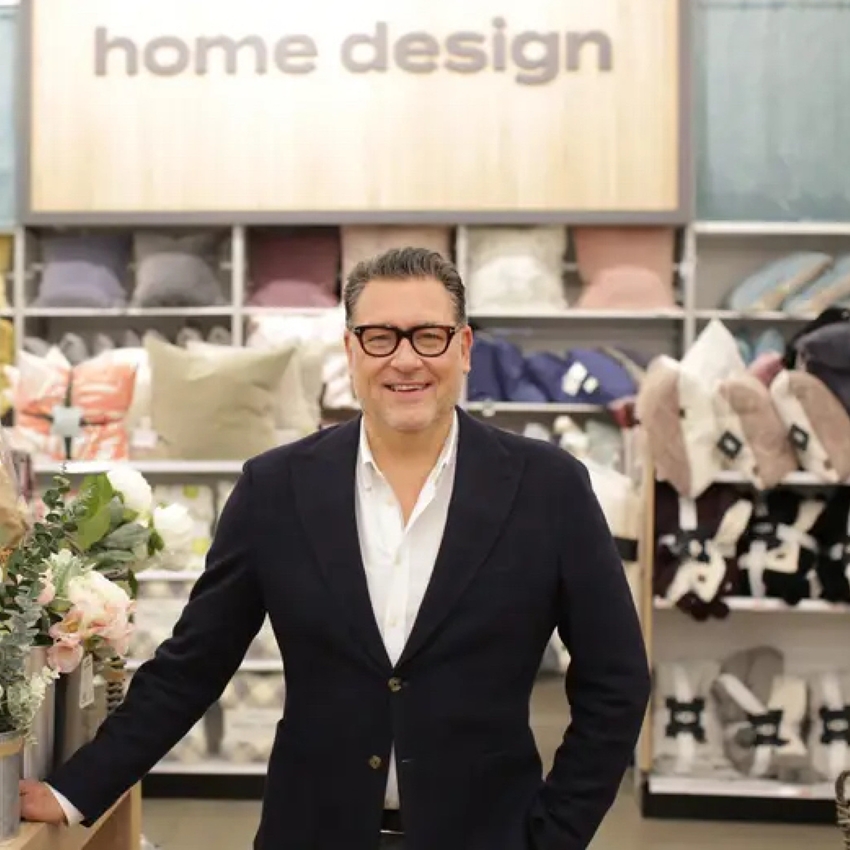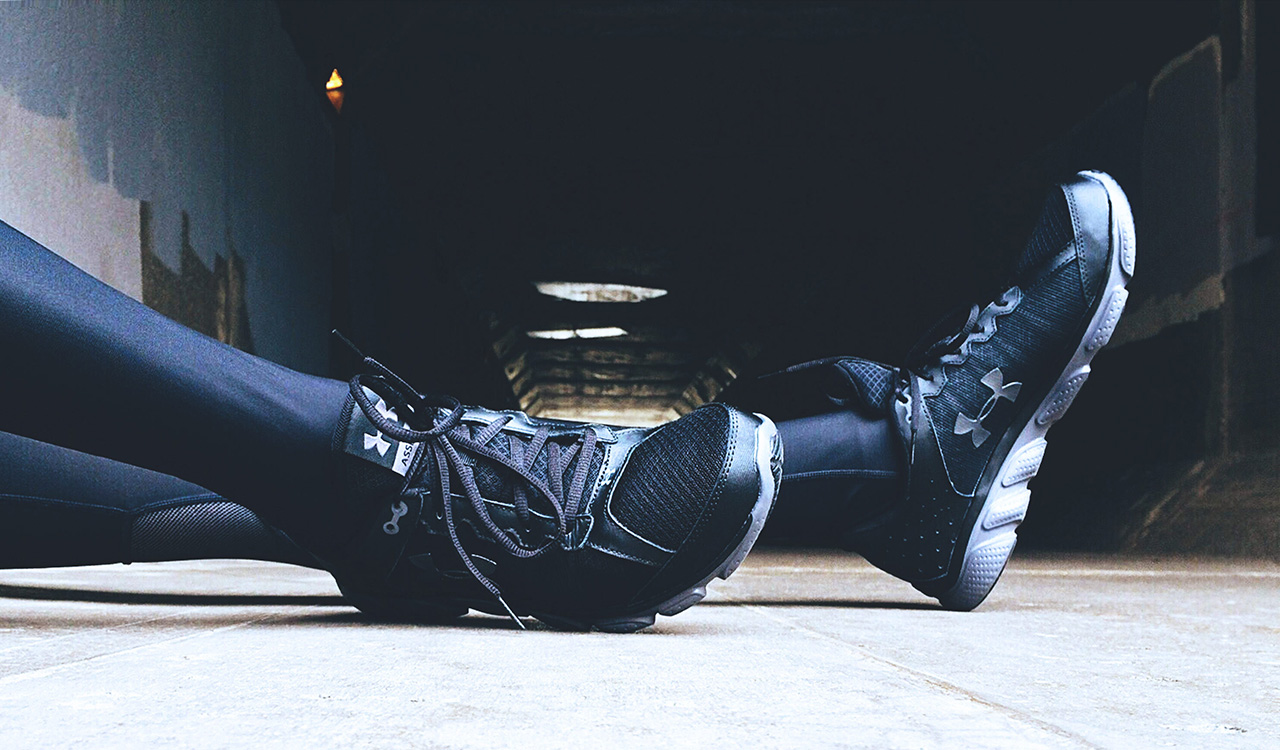If recent retail history has taught us anything, it’s that one-size-fits-all solutions rarely work. We’ve seen far too many cases of companies copying ideas from other retailers…and falling flat on their faces.
Mind you, that is not exactly what we’re seeing at Bed Bath & Beyond right now. The retailer remains financially stable, has a loyal customer base and is really only partway through a new strategy initiated by its CEO of two-and-a-half years, Mark Tritton. But Tritton, who spent four years at Target as chief merchant prior to coming aboard at BBB, understandably has taken some of the things that worked at the big box discounter and adapted them in his new job.
[callout]There are three specific areas where Tritton has initiated big changes in the company that seem to be reflections of what he did at Target. But Bed Bath is not Target and that’s why they are not working as well for the specialty chain as they did in his former life.[/callout]
And while there have been vast improvements in both Bed Bath’s in-store and online operations, it continues to struggle, losing money, market share and the confidence of some investors in a race to fix itself. There are three specific areas where Tritton has initiated big changes in the company that seem to be reflections of what he did at Target. But Bed Bath is not Target and that’s why they are not working as well for the specialty chain as they did in his former life. To be fair, some of the lack of success – at least so far – is the result of factors totally out of Tritton’s control, like the pandemic and the resulting global supply chain meltdown. But even given that free pass, it’s not clear that the plan would have been successful in the best of times. Let’s examine these three dynamics.
#1: Product Development
In 2019, prior to the upheaval in management, the board and pretty much everything at the company, Bed Bath had a business model in its merchandising operation that was both unusual and pretty much outdated. It depended on its vendors to bring products and designs which BBB then could tweak a bit (make that flower a little bigger or the color a little darker), but it pretty much bought just about everything off the shelf. It did have an in-house product development arm, but it was small, undermanned and overwhelmed. Private label product developed internally represented a single-digit share of its overall business…a low single-digit share.
When Tritton came on board he immediately announced that would change and the retailer would begin to develop a substantial portion of its assortment with private label, accounting for one-third of its volume by the end of 2023. It was an ambitious goal, but Tritton had seen such a strategy work at Target and was counting on BBB to be able to achieve similar results.
But there was one big difference: Target spent more than two decades developing its Target Store Services (TSS) operation which has become quite adept at creating compelling merchandise. (TSS was built on the foundation of what was once called Associated Merchandising Corp., an independent product development agency it bought in 1998.) In home, with the exception of small kitchen appliances which remain a national branded category, as much as 90 percent of Target’s assortment comes from its own in-house resources through TSS.
BBB had none of that and when Tritton arrived he had to build such a department pretty much from scratch. His ambitious plan to have six new house brands rolled out in calendar 2021 dictated that the process needed to be fast-tracked. Pandemic conditions that kept workers out of the office and away from visiting factories in Asia further complicated the process. Retailers like Target – and Macy’s which has a similar operation called Macy’s Merchandising Group – had these organizations in place, and while Covid created complications, it didn’t sink them. Bed Bath has been trying to put the right strategy into place…but at the wrong time. It just hasn’t worked the way it does at Target — and it will take years for it to do so.
#2: Direct Sourcing
In tandem with its own PD program, Bed Bath also has sought to change the way it gets the actual products. Again, under prior management, third-party vendors worked with the overseas factories in China, India, Pakistan and elsewhere around the world to schedule production, arrange for ocean transport and then get those goods from the ports to both BBB’s 1,000 stores and its limited distribution center network. The retailer paid more for the privilege of somebody else handling all of this and didn’t have to worry about being in the logistics business to a large extent.
Again, under Tritton’s new plan he said BBB was going to take over all of that and save some money in the process. This is how Target – and in fact most – retailers operate these days. BBB was an outlier tracing back to its highly decentralized origins. That the company picked the worst possible time to get into supply chain management is something that could not be foreseen pre-Covid, but once the process was put into place it was irreversible, at least for the short-term.
Had BBB been direct importing products for years, the challenges would have not been nearly as overwhelming. But as a neophyte in this sort of thing, the retailer had a decided disadvantage. You can cut Tritton and his team some slack for the unprecedented conditions of the pandemic, but again even in the best of times, a more measured hybrid approach that still relied on vendors to take care of much of this might have been a more prudent strategy. Expecting an all-new group of workers to get this right when it’s taken other big box stores like Target many years to work out the kinks in the system was just unrealistic. When BBB said it left $175 million worth of revenue somewhere between its stores and factories in Asia, it revealed some idea of the shortfall. And it’s far from over.
#3: Consumables versus Durables
One of the advantages of the Target model – and to a larger extent Walmart’s and also other discounters like Fred Meyer and Meijer’s –is that most of its stores feature grocery departments where shoppers come in on a frequent basis to purchase food, household products and other consumables they need – and need again every week. The theory, of course, is that while they are there, they will wander over to the other side of store and pick up a shirt, maybe some socks and even a blender or a new set of sheets. Years into these formats have proven it is more than just a theory; it’s a proven fact.
It\’s why these retailers can have private label programs with names and labels that don’t necessarily ring a bell with shoppers. They aren’t coming into the store to look for a specific brand name so recognition isn’t as important a factor as it would be in other stores…like Bed Bath & Beyond.
With an entire new slew of in-house brands, BBB is asking consumers to start the purchasing process for a name they have never heard of before. It’s a big ask. And without big national branded advertising programs, Bed Bath has to depend on its social media and point-of-sale marketing to get its message across. Again, a big ask. But when it comes to frequency of shopping, BBB does have a vehicle to get shoppers into its stores and on its website more often. It’s called Harmon Beauty.
In another BBB misstep of fragmented thinking that went on previously at the company, Harmon Beauty is also called Face Values. Whatever the name, it’s a store-within-a-store that sells health and beauty aids from cosmetics and aspirin to wellness products. When Tritton came in, he sold off some of the distracting banners the company had accumulated (Cost Plus/World Market, Christmas Tree Shops, et. al.) and he kept Harmon. One has to assume he saw its value in attracting frequent shopping visits.
In its newly remodeled stores, many in fact do have Harmon departments but they don’t seem to be positioned as a core component of the new merchandising format. In some stores it’s almost an afterthought, tucked into a back corner, not as a destination but as an “OK, let’s stick this back here, we’ve got some extra space” kind of a decision.
Harmon is not going to drive regular traffic the way a full-service grocery department would — but it’s a start. By the same token I always thought when JCPenney sold off its Eckard drug operation in 2004 it missed a great chance to get shoppers into its stores on a regular basis to fill prescriptions and buy HBA products. People just don’t buy toaster ovens and towels as often as they buy tomatoes and toilet paper, and any strategy that doesn’t take that into account is going to suffer. Bed Bath is finding that out, unfortunately the hard way.
Can BBB Fix Itself?
In all three of these critical areas, there is hope. Eventually the company will get its product development and sourcing operations up to speed. And by making Harmon’s basics more prominent, it could create more foot traffic. But all of this is going to take time. And that’s one more area where Tritton and BBB may not have an unlimited runway. Its stock is taking some serious hits and at least one investor group smells blood. With a fairly healthy balance sheet, this is a company in no danger of having serious survival plans. Far from it. But the retail clock is always ticking.
As I happen to be a believer in the overall strategy the company is trying (although tempered with a bigger role for outside brands and product from third-party vendors) it has to be mentioned that this is still a fairly early moment in this reinvention process Bed Bath & Beyond finds itself in. Just as it took years for the company to falter, and just as it took competitors decades to get their merchandising acts together, we can’t expect instant success here.
That said, it comes back to the fact that just because something worked across the strip center doesn’t mean it will be successful on your side of the road as well. Retailing just doesn’t work that way.




